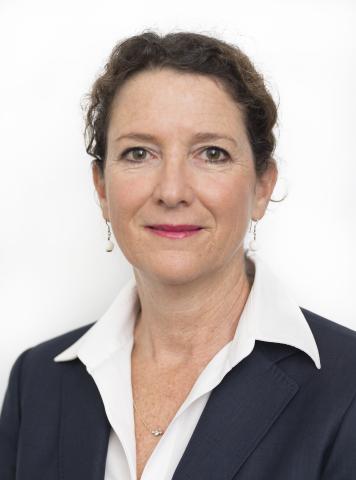No pads. No helmets. No fear. That’s the tagline in video advertisements the NRL is running in the United States ahead of next week’s historic rugby league season opener in Las Vegas.
The glitzy event is set to be major international showcase for Australian sport with the Broncos, Sea Eagles, Rabbitohs and Roosters running out onto Allegiant Stadium, host venue of the recent 2024 Super Bowl.

For years, our major football codes have astonished world sport with their frenetic pace, take-no-prisoners tackling, car-crash collisions and an absence of NFL-style body armour.
The ‘no fear’ ethos filters down to suburban football grounds where young people play junior sport with stars in their eyes - and sadly sometimes in their heads.
I’ve been watching and researching concussion in sport for over a decade and since 2017 have been calling on governments to step up and onto the field of play.
Thankfully the extremely serious matter of sports concussion is being tackled by our highest sports authorities, albeit with a few likely catches that I’ll get to in a moment.
The Australian Sports Commission (ASC) and the Australian Institute of Sport's (AIS) Australian Concussion Guidelines for Youth and Community Sport, released earlier this month, promise to improve the safety and integrity of grassroots and school sports in Australia.
With the slogan ‘if in doubt, sit them out’, the guidelines recommend that adults in community sport and children aged 19 and under be sidelined for a minimum of 21 days before resuming competitive contact/collision sport if they suffer a concussion.
The advice for those aged 19 and under to not resume contact training until they’ve been symptom-free for 14 days will also apply to adults in community sport for the first time.
And if more than two concussions occur within a 12-month period, the guidelines recommend that consideration be given to missing a season of contact/collision sport.
Importantly, there’s information provided on how to recognise concussion and manage it from the time of the injury through to a safe, graded return to education, work and sport.
‘Graded’ is the operative word in a critical area of healthcare that can’t be rushed. Returning to school or university is a priority before returning to sport.
The overarching aim is to achieve consistency across the Australian sporting landscape at the youth and community levels, and raise awareness about the dangers of concussive one-offs, multiple suspected concussions and repeated head trauma.
Which is all very admirable and moving in the right direction, but as with all these sorts of things it runs the risk of being consigned to the too-hard basket.
For starters, no two concussions are ever the same and the guidelines are trying to provide easy-to-understand information on some very complex medical issues to some very non-medical coaches, parents and guardians.
We’re talking about clubland, where they don’t necessarily have the resources or capabilities available to semi-professional and professional sporting organisations but still carry the same heavy weight of responsibility to protect their players.
A very real scenario is that if the guidelines are followed and a concussion officer is appointed by the clubs, there’s a lot of additional responsibility to get it right and see the protocols through.
I’ve heard anecdotally that insurance companies are keenly aware of the costs of compensating brain injuries in sport.
It’s likely that insurers will look at the guidelines as something that clubs should be following, perhaps as a mechanism to reduce premiums or set as conditions of insurance.
If insurers leave the sports sector because of non-compliance, the entire sports ecosystem is at risk of collapsing.
Reading the guidelines gives you the sense that its authors have a good enough idea of the make-up and operation of the Australian sporting landscape.
They appreciate that professional footballers are very well looked after, and concussion is a high priority concern in those codes, and that concern needs to filter down to the ’burbs.
But I’m calling for the major codes to come to the party and help clubland by sharing the resources they enjoy at the apex of sport.
As a start, they can share their expertise and resources better with the junior clubs that breed their champions.
Some sports do a better job of this than others, but one thing is clear: it’s going to take a village to manage this issue and protect the foundations and participation pathway that clubland provides.
Aussie sport may have made it to Vegas, but that doesn’t mean humble local footy clubs should be left alone in a gamble with player health.
Assistant Professor Dr Annette Greenhow is a leading voice on policy and governance matters relating to concussion in sport.

